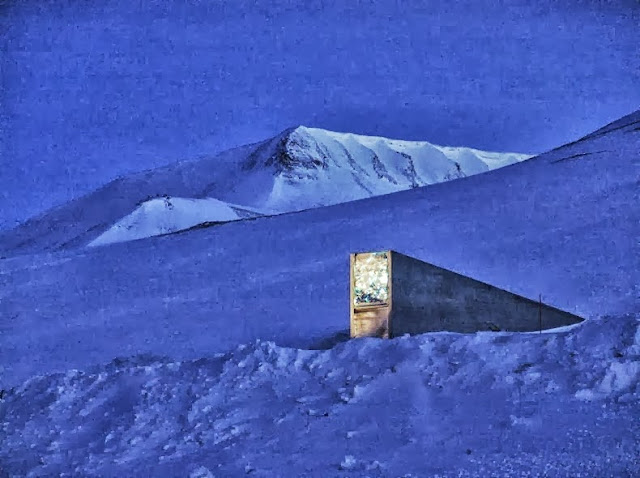Endangered species such humpback whales and rhinoceros often grab the headlines, but plant life is under threat too. Fruits and vegetables that humans have been growing for millennia are dying out as we speak. One study found that out of more than 8,000 crop varieties grown in the US in 1903, only 600 remained by 1983. What will happen in the event of a global nuclear war, an asteroid strike or even catastrophic climate change? Will there by enough species left to restart a civilization? The solution – a Noah's ark for seeds.
Located approximately 1,300 kilometers south of the North Pole, on the Norwegian island of Spitsbergen, in an underground cavern, lies the Svalbard Global Seed Vault – a large fortress that can hold up to 4.5 million seed varieties. Often called the “Doomsday” Seed Vault, the Svalbard Seed Vault is the world’s insurance policy against botanical disasters, so that food production can be restarted anywhere on the planet following a regional or global catastrophe.
Located approximately 1,300 kilometers south of the North Pole, on the Norwegian island of Spitsbergen, in an underground cavern, lies the Svalbard Global Seed Vault – a large fortress that can hold up to 4.5 million seed varieties. Often called the “Doomsday” Seed Vault, the Svalbard Seed Vault is the world’s insurance policy against botanical disasters, so that food production can be restarted anywhere on the planet following a regional or global catastrophe.



















No comments:
Write comments